New Titles in Books
Quintessence 2017 Catalog
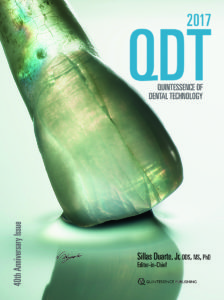 Quintessence of Dental Technology 2017
Quintessence of Dental Technology 2017
40th Anniversary edition!
Sillas Duarte, Jr (Editor)
QDT 2017 celebrates its 40th anniversary in style with beautifully presented original articles on new materials and techniques for achieving the utmost esthetic restorative results. This year’s focus is on challenging esthetic cases, treatment planning for various restorative options, new techniques using zirconia, and taking CAD/CAM beyond its limits. The State of the Art article presents the RAW digital workflow, and the Biomaterials Update features the Adhesive Restorative Complex concept. QDT’s new Masterclass article addresses the challenge of restoring a single central incisor. And the Masterpiece article this issue, presented by Naoki Hayashi, is a visual display of dental artistry.
256 pp; 1,000+ illus; ISBN: 978-0-86715-736-9 (J0628); Special Preorder Price! US $118
New Issues in Journals
Featured article: Papilla Reformation at Single-Tooth Implant Sites Adjacent to Teeth with Severely Compromised Periodontal Support
Istvan A. Urban, Perry R. Klokkevold, and Henry H. Takei
Clinical Evaluation of the Influence of Connection Type and Restoration Height on the Reliability of Zirconia Abutments: A Retrospective Study on 965 Abutments with a Mean 6-Year Follow-Up
Giacomo Fabbri, Mauro Fradeani, Gianluca Dellificorelli, Marco De Lorenzi, Fernando Zarone, and Roberto Sorrentino
A Prospective Clinical and Radiographic Assessment of Platform-Switched Laser-Microchannel Implants Placed in Limited Interimplant Spaces
Myron Nevins, Sonia Leziy, Eric Kerr, Ulrich Janke, Giulio Rasperini, James Hanratty, Kirk Pasquinelli, Tiziano Testori, Cary A. Shapoff, and David M. Kim
Single-Implant Survival: More Than 30 Years of Clinical Experience
Torsten Jemt
A New Fast and Simple Border Molding Process for Complete Dentures Using a Compound Stick Gun
Chan Park, Hong-So Yang, Hyun-Pil Lim, Kwi-Dug Yun, Gye-Jeong Oh, and Sang-Won Park
Association Between Masticatory Function and Oral Health–Related Quality of Life in Partial Maxillectomy Patients
Mohamed Moustafa Said, Takafumi Otomaru, Yiliyaer Aimaijiang, Na Li, and Hisashi Taniguchi
Thematic Abstract Review: Implant Failure
Clark Stanford
Long-term Radiographic and Clinical Outcomes of Regenerative Approach for Treating Peri-implantitis: A Systematic Review and Meta-analysis
Vahid Khoshkam, Fernando Suárez-López Del Amo, Alberto Monje, Guo-hao Lin, Hsun-Liang Chan, and Hom-Lay Wang
Changing Our Long-Held Beliefs About Floss
Deborah M. Lyle
Quality Resources for Clinical Decision Making: Part 3. A Comparison Between Scaling and Root Planing and the Nd:YAG Laser in the Treatment of Periodontal Disease
Jane L. Forrest and JoAnn R. Gurenlian
Evidence on the Use of Probiotics in Periodontal Therapy
Silky Sharma
Prevalence of Suicidal Ideation, Depression, and Anxiety in Chronic Temporomandibular Disorder Patients
Elizangela Bertoli and Reny de Leeuw
Assessment of Mechanical Pain Thresholds in the Orofacial Region: A Comparison Between Pinprick Stimulators and Electronic Von Frey Device
Kayo Suzuki, Lene Baad-Hansen, Maria Pigg, and Peter Svensson
Trismus as a Clinical Manifestation of Tetanus: A Case Report
Ioannis Papadiochos, Sofia Papadiochou, Vassilis Petsinis, Lampros Goutzanis, Charikleia Atsali, and Nikolaos Papadogeorgaki
Dental Meetings Quintessence Will Attend in January
Osseodensification World Symposium: Optimize the Site—Optimize the Outcome
hosted by Versah, January 12–14 in Orlando, Florida
Seattle Study Club: 2017 Symposium
January 25–28 in Orlando, Florida
Yankee Dental Congress: Booth 1003
January 26–28 in Boston, Massachusetts
Upcoming Quintessence Symposia


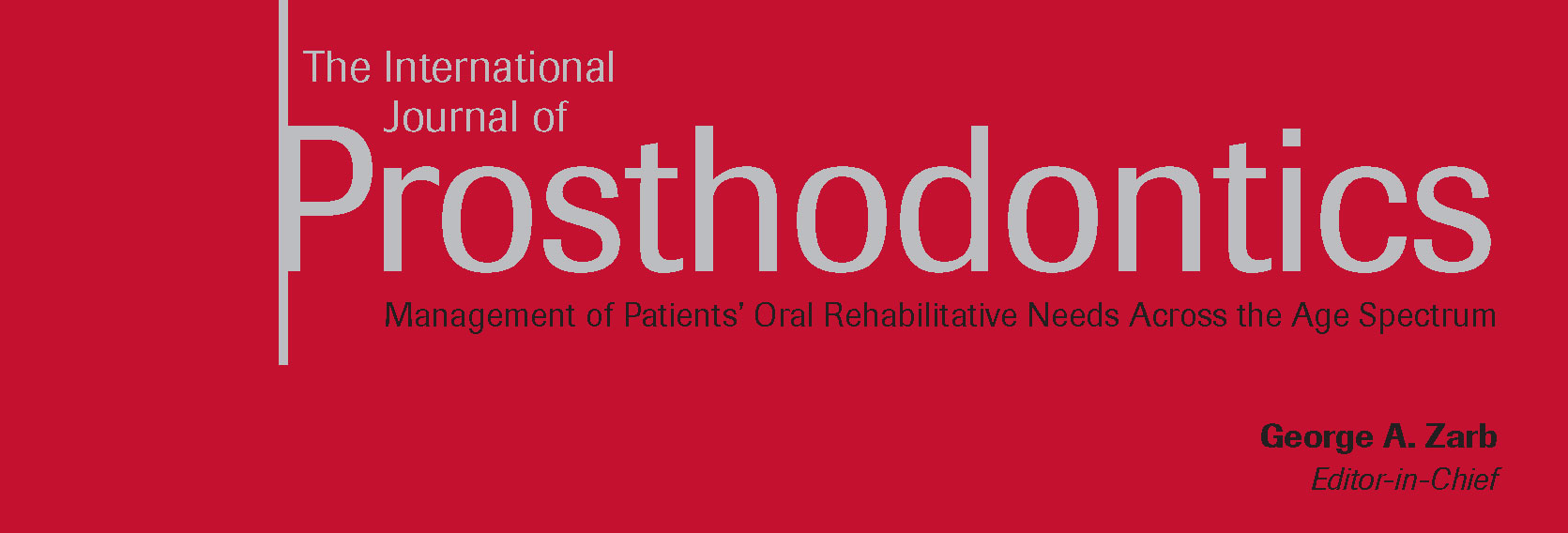



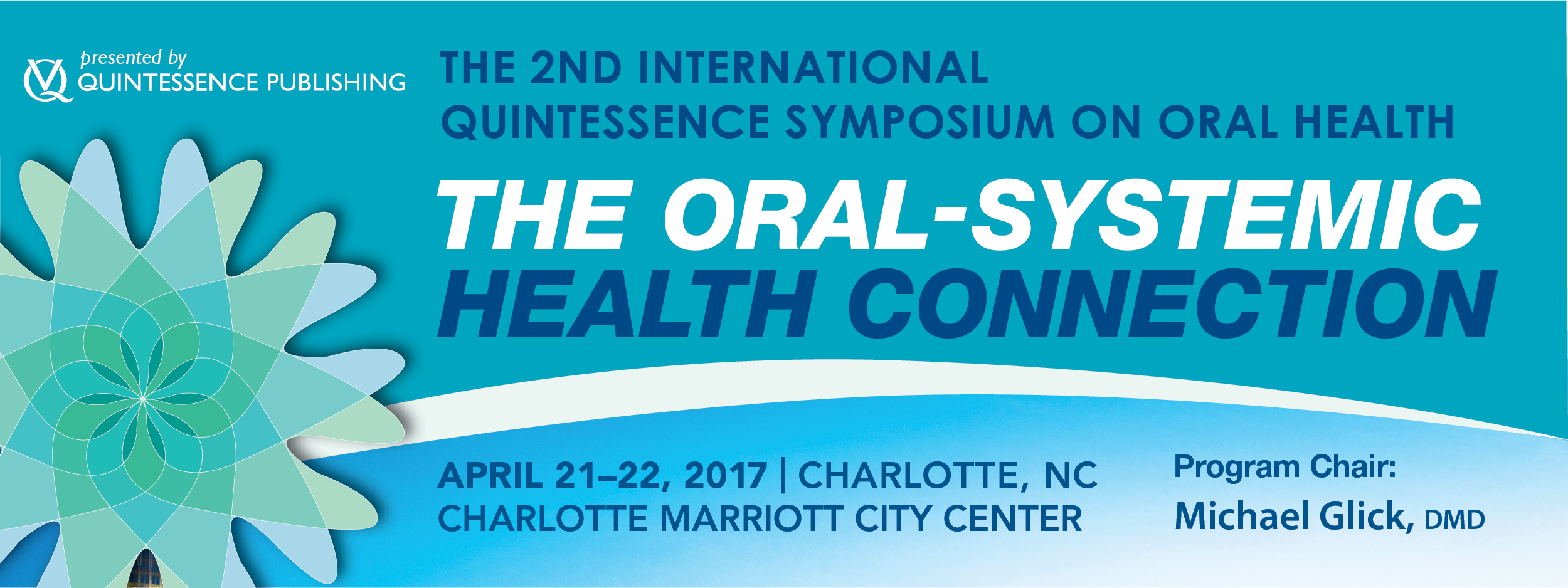
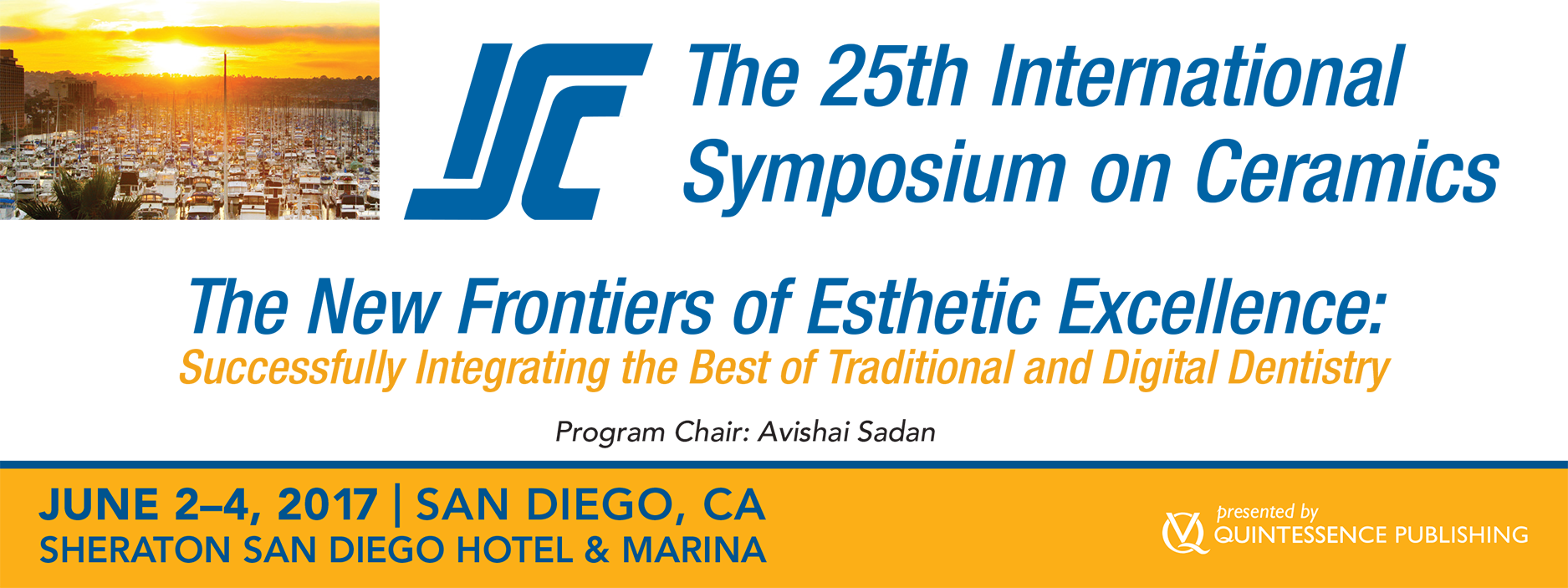

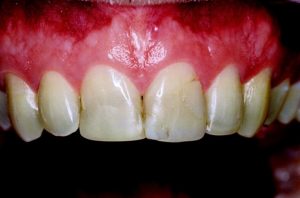
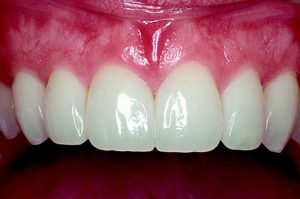
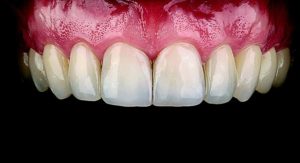
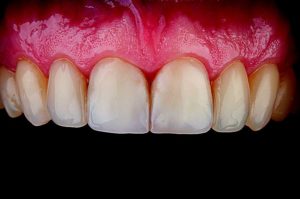




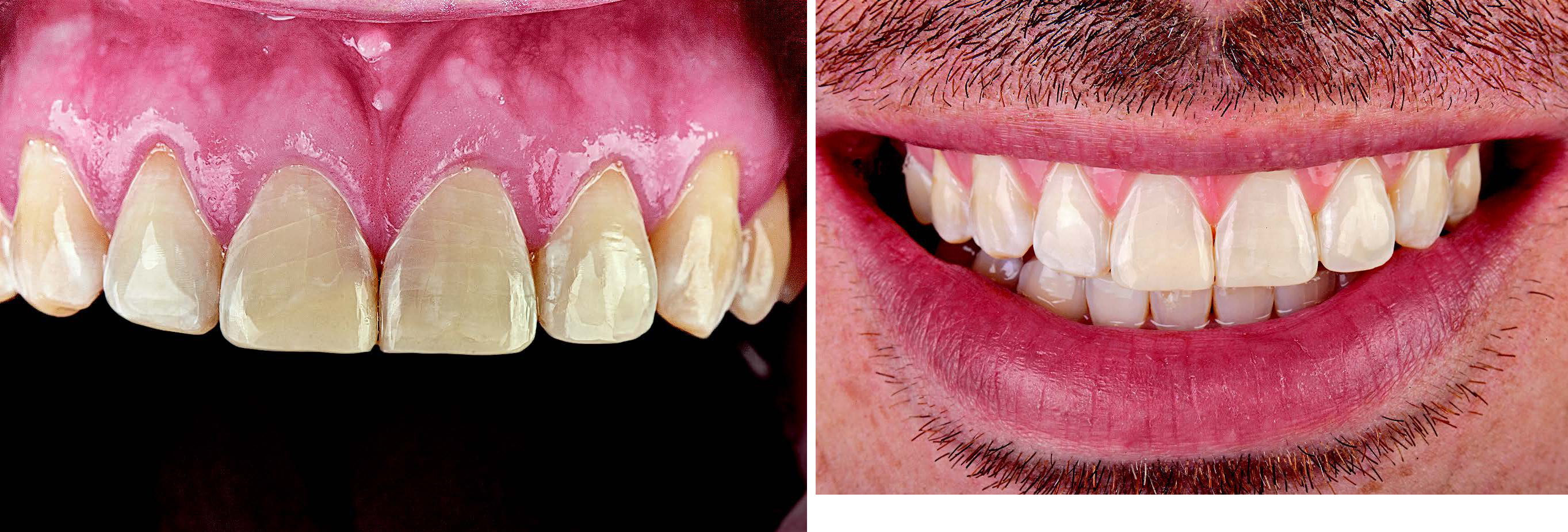



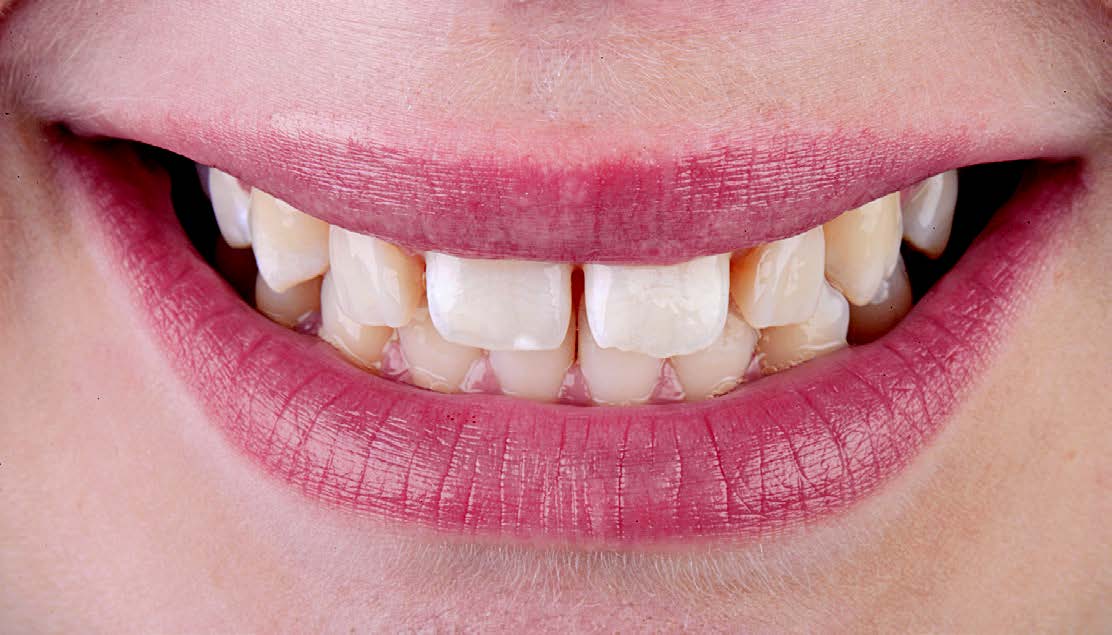
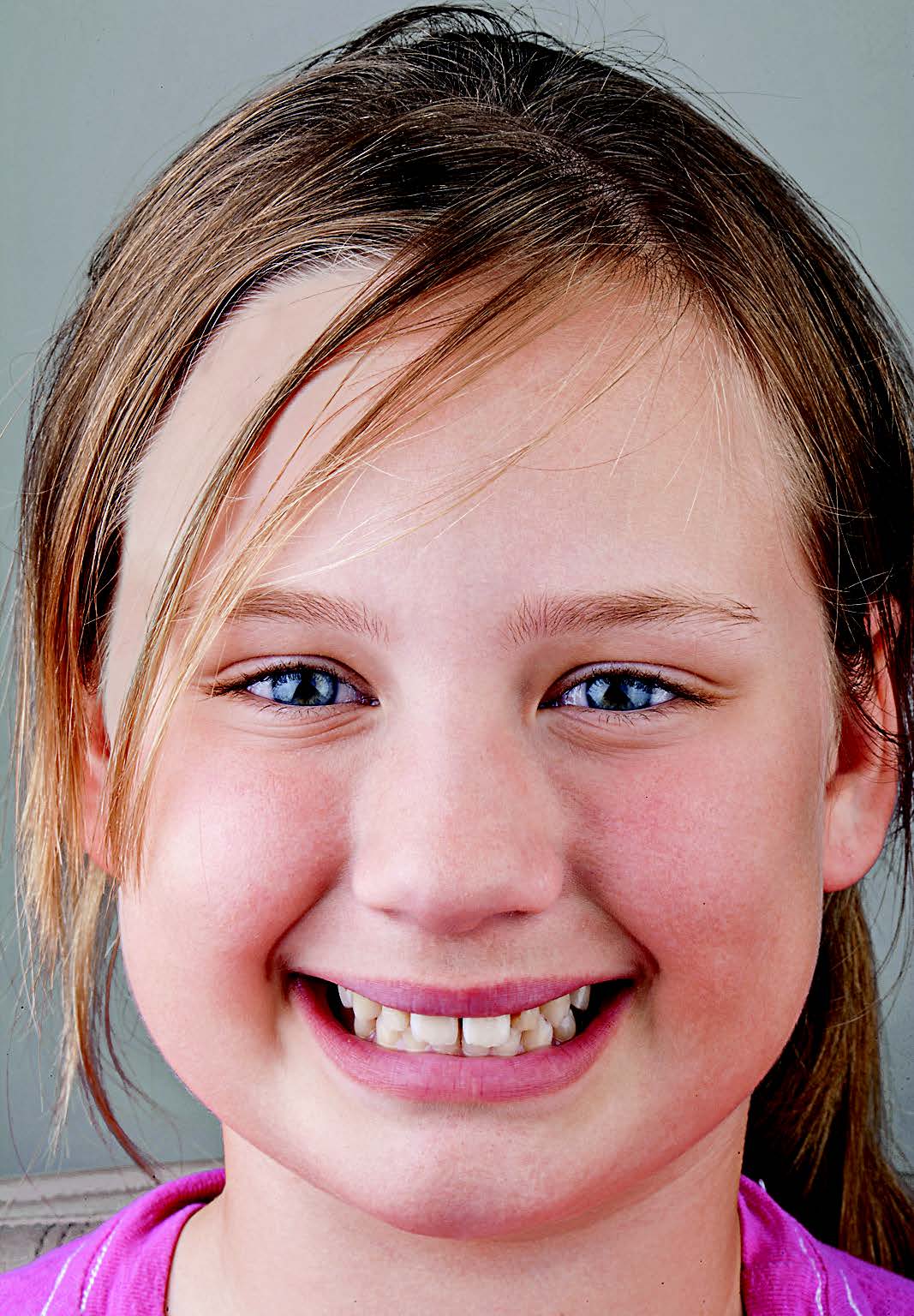

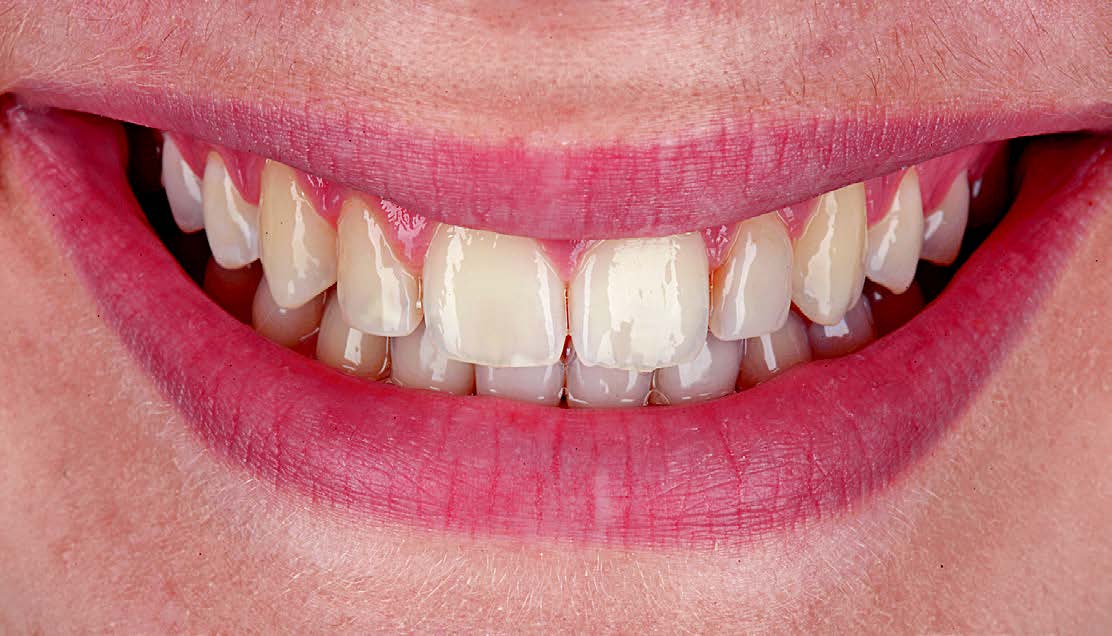
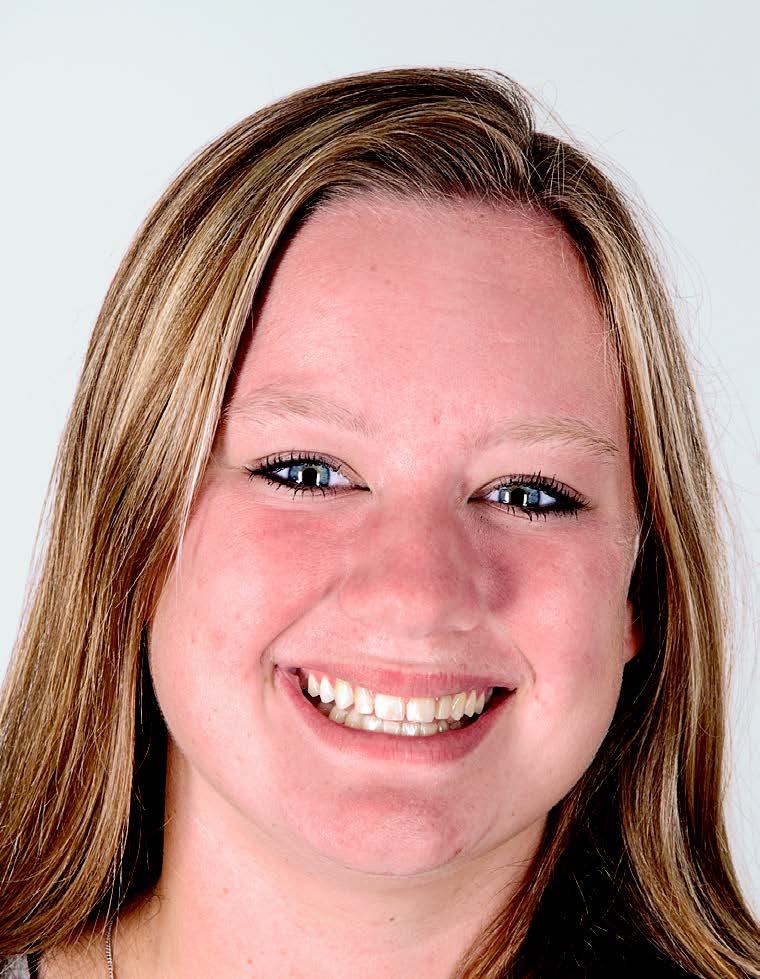
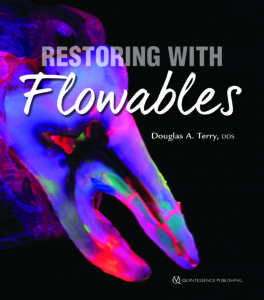
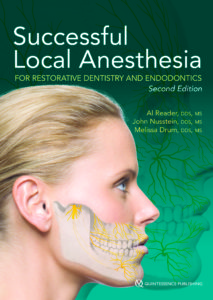
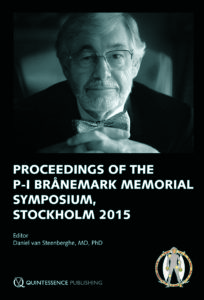
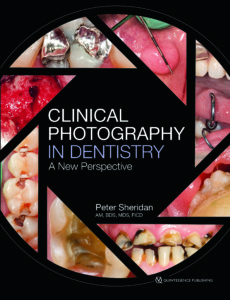
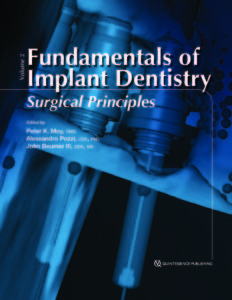 Fundamentals of Implant Dentistry, Volume II:
Fundamentals of Implant Dentistry, Volume II: